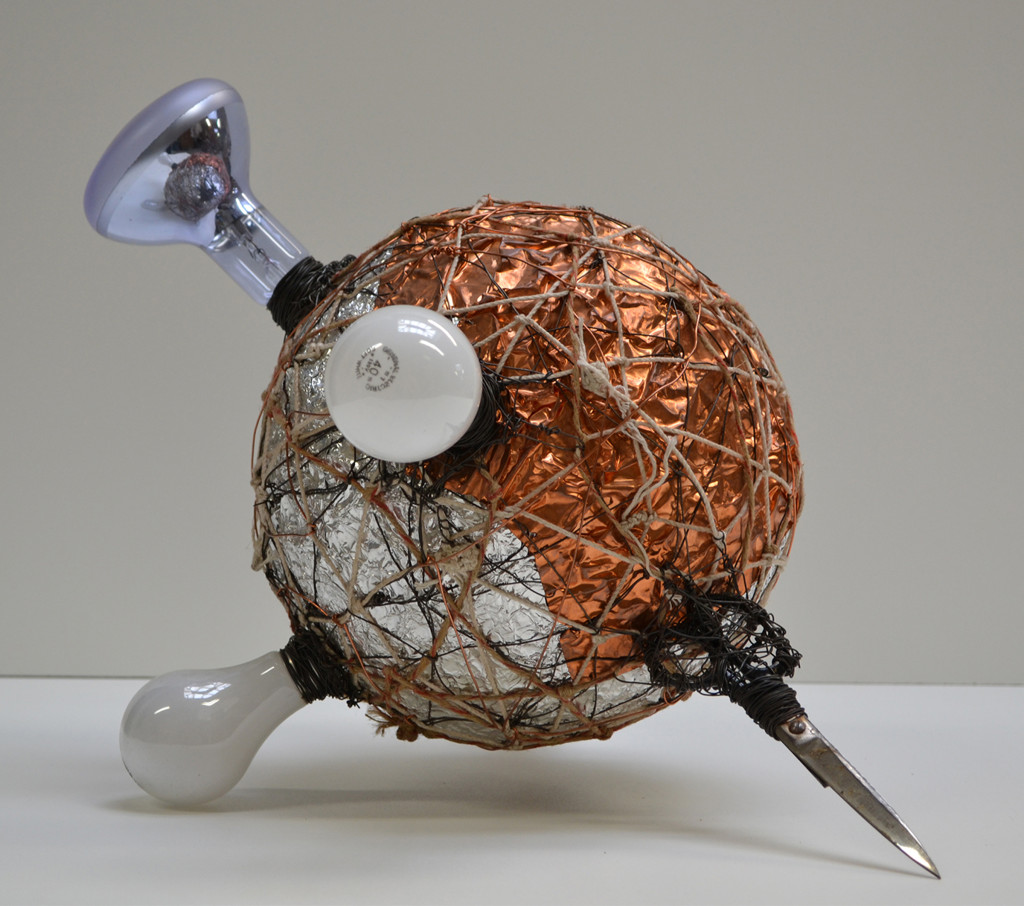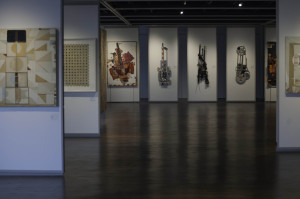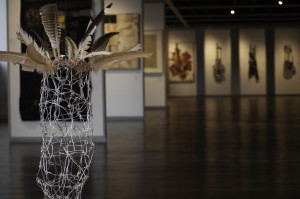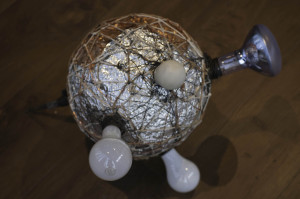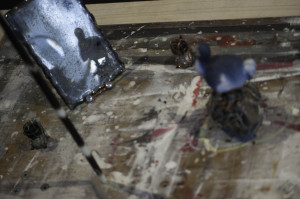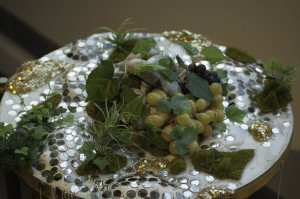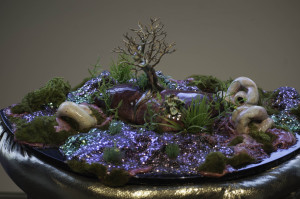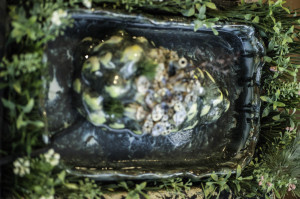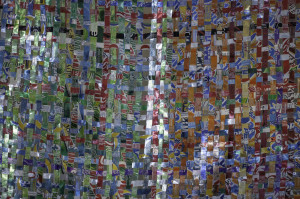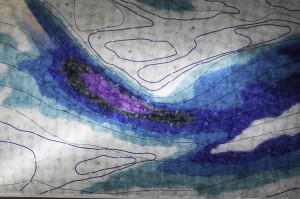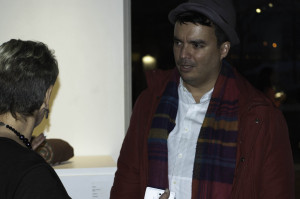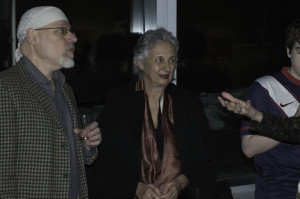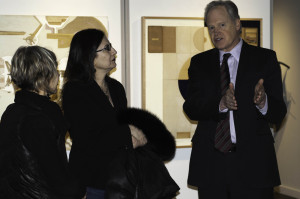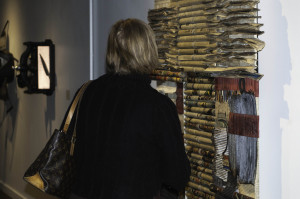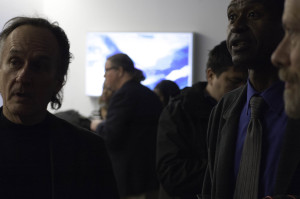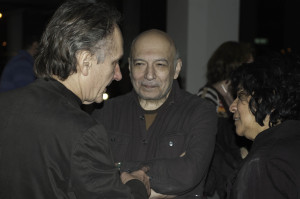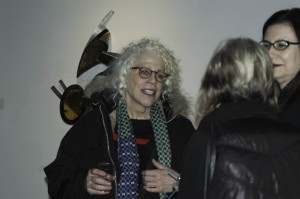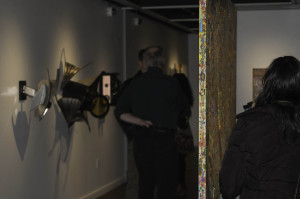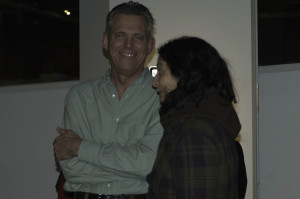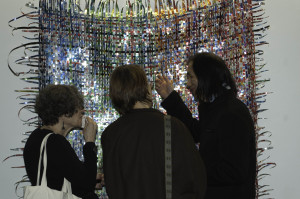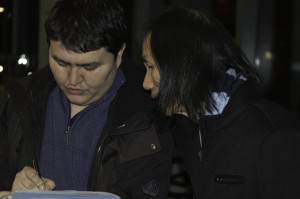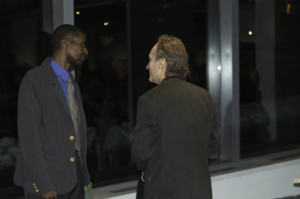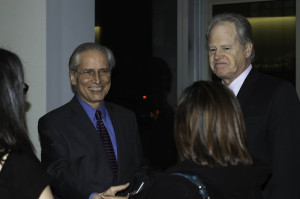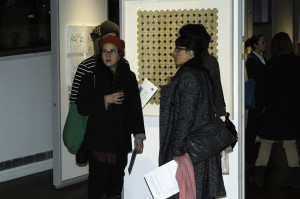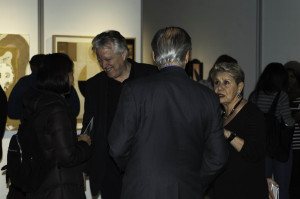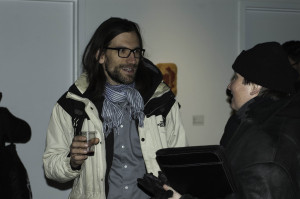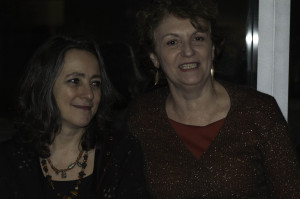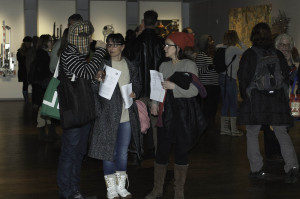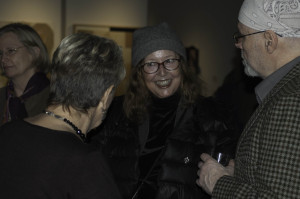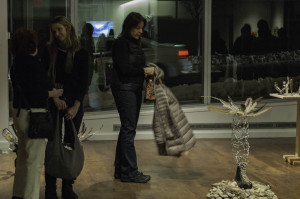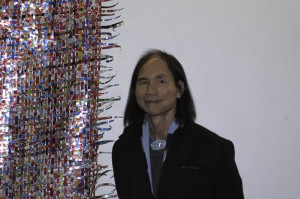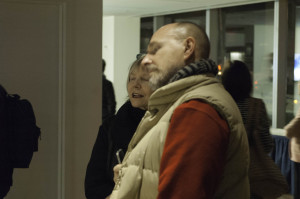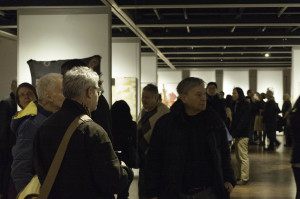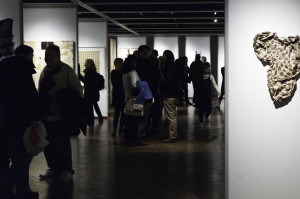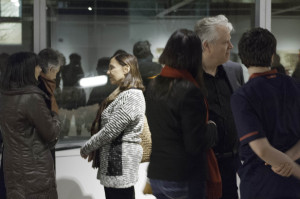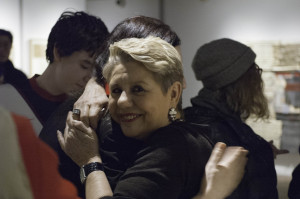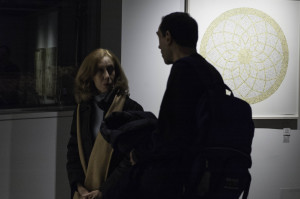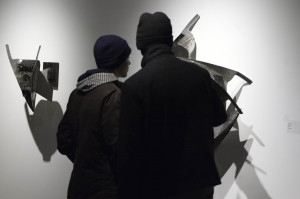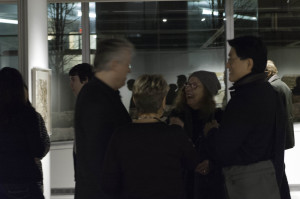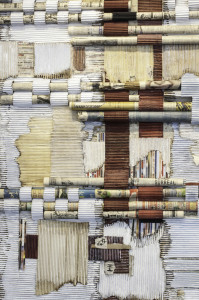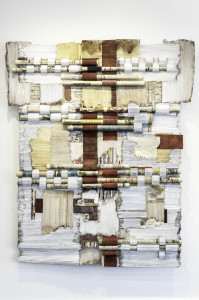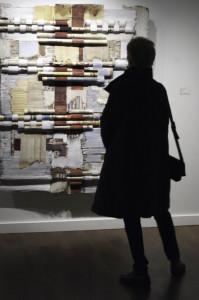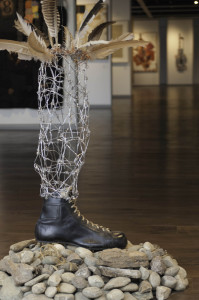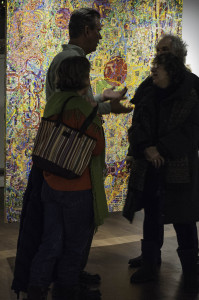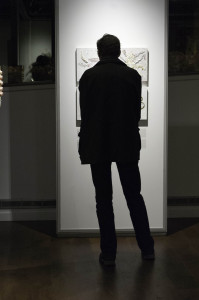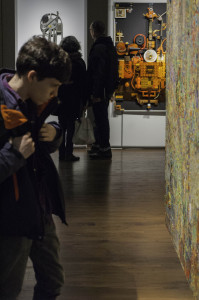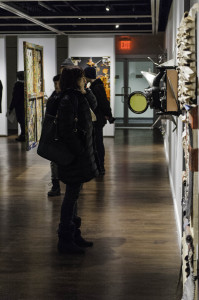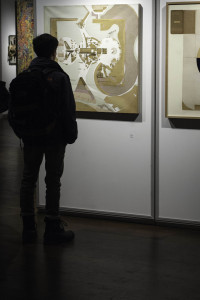On view from January 27, 2014, through March 25, 2014
at Anya and Andrew Shiva Gallery
There is a rich history in art of removing an object or material from its intended context and placing it into one that is art specific. This recontextualizing of the everyday or the “found” has been a central strategy for many artists since its advent in Synthetic Cubism. Equally, a tangential tradition of using the found lives in non-traditional artistic production alongside that of the fine arts and the academy. Be it outsider art, naïve or folk art, or art that is not part of an established traditional canon, artists who work in these arenas have always looked to their immediate environment for their means of expression. The use of the found is fundamental to the entire mode of production for such artists and has been in play long before Picasso and Braque took their leap into the real. The ongoing aesthetic exchange between each of these traditions has enhanced the creative possibilities for all artists.
With the advent of the 21st century, however, a new perspective on the found has crystalized: sustainability. Whereas once the incorporation of the found might have been viewed as solely a shattering of Western European traditions and constraints, an expansion of the limits of the western academy and traditional means of expression, this process can now be considered as a process that speaks to the impact of our societies’ consumption and limits of the world’s resources. While not all artists present an environmental agenda specifically, many do so implicitly. The artists selected for Recontextualizing the Found, through their use of the everyday objects and materials or through their direct thematic commentary, position themselves either implicitly or directly in a greater environmentally aware context. As such, the artworks stand not only on their aesthetic merits, but also address the practice of sustainability in the 21st century, a practice that affects our basic existence and human rights.
Curated by Bill Pangburn and Thalia Vrachopoulos

